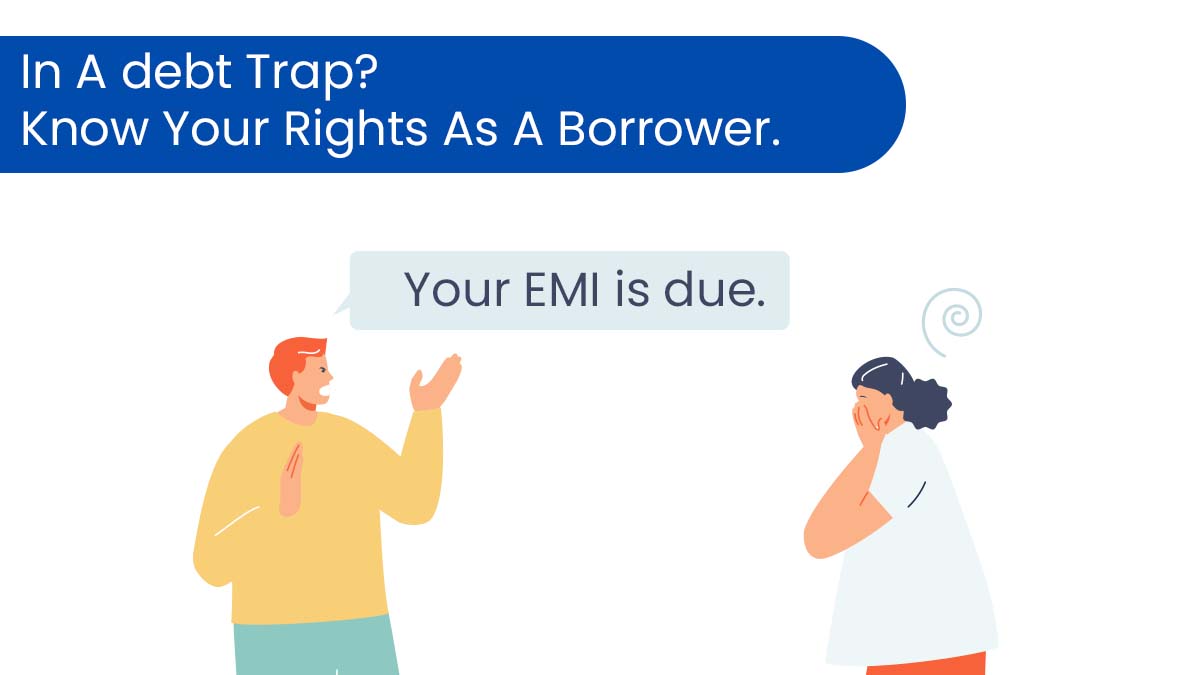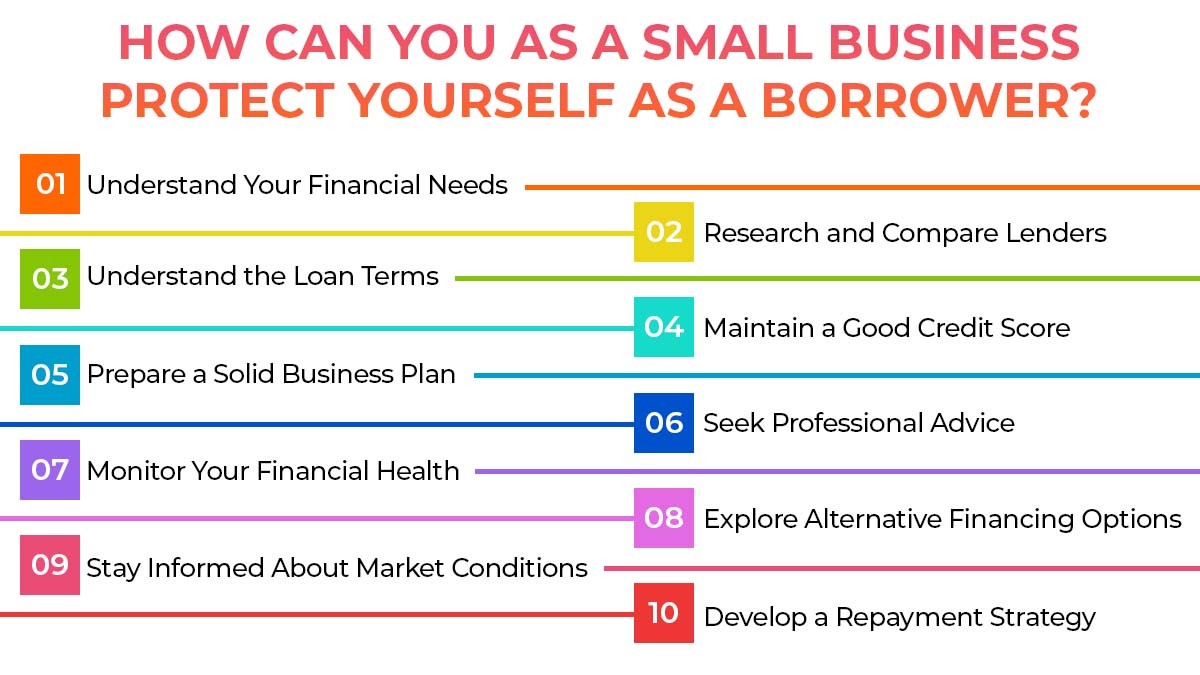

Running a small business can be tough, especially when debt starts piling up and it feels like there’s no way out. It’s important to know that many business owners face this challenge and that there are rights and options available to help manage and overcome debt. Understanding your rights and knowing what steps you can take can make a big difference, giving you the tools to navigate through tough times and work towards financial stability. SingleDebt for Business is a well-known financial advisor and debt consolidation agency which can help to alleviate your debt problems by helping you to consolidate your debts.
When a small business becomes ensnared in a cycle of increasing debt that it cannot easily escape, this is known as a debt trap. This typically occurs when the business takes on loans or other forms of credit to cover immediate expenses or to invest in growth, but then struggles to generate sufficient revenue to meet its repayment obligations. As a result, the business may be forced to take on additional debt to service existing loans, leading to a vicious cycle of borrowing and repayment.
High Debt Levels: A small business may accumulate a significant amount of debt relative to its revenue and assets. In such a case, it will struggle with making debt repayments.
High-Interest Rates: Debts given by banks and financial institutions often comes with high interest rates, which can exacerbate the financial burden on the business.
Frequent Borrowing: When a small business is ensnared in a debt trap, it needs to frequently take out new loans to pay off existing debts, leading to a continuous cycle of borrowing which increases its indebtedness.
Cash Flow Problems: If the business is experiencing operational problems it may lead to ongoing cash flow difficulties, making it difficult to cover current expenses and ongoing debt repayments.
Declining Creditworthiness: As the business struggles with debt repayments, its creditworthiness declines, making it harder to secure favorable loan terms in the future.
Operational Impact: The focus on managing debt detracts from the business’s ability to invest in operations, growth, and innovation.
Risk of Insolvency: If the situation persists, the business may face the risk of insolvency or bankruptcy.
In essence, a small business debt trap is a financial predicament where the burden of debt stifles the business’s ability to thrive and grow, potentially leading to its eventual failure.
In India, small businesses (often classified as Micro, Small, and Medium Enterprises or MSMEs) have several rights as borrowers under the Reserve Bank of India (RBI) regulations and various Indian laws. Here are the key rights:
Priority Sector Lending: Banks are mandated to allocate a certain percentage of their lending to the priority sector, which includes MSMEs, ensuring that small businesses have access to necessary credit.
Collateral-Free Loans: Under the Credit Guarantee Fund Trust for Micro and Small Enterprises (CGTMSE), small businesses can avail collateral-free loans up to a certain limit, promoting ease of access to credit.
Interest Rate Transparency: Banks and financial institutions are required to disclose the base rate of interest and other charges upfront, ensuring transparency in loan terms.
Fair Practices Code: Lenders must follow a fair practices code, which includes transparent processing of loan applications, timely communication of loan decisions, and fair recovery practices.
Internal Complaints Mechanism: Banks are required to have an internal mechanism for addressing grievances and complaints related to loan applications and other banking services.
Banking Ombudsman Scheme: Small businesses can approach the Banking Ombudsman for grievances related to loan services, ensuring an independent and fair resolution.
Time-Bound Processing: Banks are required to dispose of loan applications within a stipulated time frame. For instance, applications for loans up to INR 25 lakh should be disposed of within two weeks.
Quick Approval for Working Capital: For working capital needs, banks must provide timely credit support, facilitating smooth business operations.
Interest Subsidy Schemes: Schemes like the Interest Subvention Scheme for MSMEs offer interest subsidies on loans, reducing the overall borrowing cost.
Credit Linked Capital Subsidy Scheme (CLCSS): Provides subsidies for technology upgradation to enhance the competitiveness of MSMEs.
Prohibition of Harassment: RBI guidelines prohibit banks from resorting to undue harassment during the recovery process, ensuring dignified treatment of borrowers.
Protection Against Arbitrary Changes: Borrowers are protected against arbitrary changes in loan terms and conditions, providing stability in their financial planning.
Credit Information: Borrowers have the right to access their credit information from credit information companies, helping them understand their creditworthiness and correct any discrepancies.
MSME Development Act, 2006: Provides a comprehensive framework for MSME development, including measures for credit facilitation, infrastructure development, and marketing assistance.
Udyam Registration: Simplifies the process of registering an MSME, enabling easier access to various government schemes and benefits.
Debt Restructuring: Under the RBI’s restructuring guidelines, MSMEs facing financial difficulties have the right to restructure their debts, providing relief and enabling business continuity.
COVID-19 Relief Measures: During extraordinary circumstances like the COVID-19 pandemic, special relief measures including moratoriums on loan repayments and emergency credit lines are provided.
Financial Literacy Programs: Various programs and initiatives aim to educate MSMEs about their rights and the financial products available to them, empowering them to make informed decisions.
These rights ensure that small businesses have the necessary support and protection to thrive in a competitive environment. The RBI, along with various government bodies, continues to refine and enhance these rights to foster a conducive business environment for MSMEs.

As a small business borrower, protecting yourself involves understanding your financial needs, carefully evaluating loan terms, and implementing strategies to manage and mitigate risks. Here are several steps you can take:
Assess Your Requirements: Clearly define the purpose of the loan, whether it’s for working capital, equipment purchase, expansion, etc.
Calculate the Amount Needed: Determine the precise amount you need to borrow and ensure it aligns with your business plan and financial projections. Make a proper financial budget and inculcate the financial discipline to adhere to it.
Different Types of Lenders: Consider various options like traditional banks, credit unions, online lenders, and alternative financing sources.
Compare Terms and Rates: Look at interest rates, fees, repayment terms, and any additional charges. Online comparison tools can be helpful.
Read the Fine Print: Carefully review the loan agreement, focusing on interest rates, repayment schedule, collateral requirements, and penalties for late payments.
Negotiate Terms: Don’t hesitate to negotiate for better terms, such as lower interest rates or more flexible repayment schedules.
Creditworthiness: Ensure your business and personal credit scores are strong, as they impact your ability to secure favorable loan terms.
Credit Report: Regularly review your credit report and address any discrepancies or issues.
Business Plan: Develop a comprehensive business plan that demonstrates your ability to repay the loan. This should include financial statements, cash flow projections, and a clear strategy for growth.
Financial Documentation: Keep your financial records up-to-date and organized to present to potential lenders.
Financial Advisor: Consult with a financial advisor or accountant to understand the implications of taking on debt and to help you choose the best financing option.
Legal Counsel: Have an attorney review the loan documents to ensure you fully understand the terms and legal obligations.
Cash Flow Management: Maintain healthy cash flow to ensure you can meet your loan repayment obligations.
Emergency Fund: Set aside an emergency fund to cover unexpected expenses and avoid missing loan payments.
Grants and Subsidies: Look into grants, subsidies, or government programs designed to support small businesses.
Equity Financing: Consider equity financing options, such as angel investors or venture capital, if taking on debt is too risky.
Economic Trends: Keep an eye on economic trends and market conditions that could impact your business’s ability to repay the loan.
Regulatory Changes: Stay informed about any regulatory changes that could affect your loan terms or borrowing costs.
Automated Payments: Set up automated payments to ensure timely repayments and avoid late fees.
Early Repayment: If possible, plan for early repayment to reduce interest costs, but first, confirm there are no prepayment penalties.
By following these steps, you can better protect your small business as a borrower, ensuring you secure the best possible terms and are well-prepared to meet your repayment obligations.
Small businesses, as borrowers, have critical rights that ensure fair treatment and transparency in their financial dealings. These rights include clear and comprehensive disclosure of loan terms, interest rates, and associated fees, which help in making informed decisions. Borrowers are entitled to fair and non-discriminatory lending practices, ensuring that credit decisions are based on business viability rather than discriminatory factors. They also have the right to privacy and confidentiality of their financial information. Additionally, small businesses can benefit from regulatory protections against predatory lending practices, giving them recourse in case of unfair treatment. Overall, these rights are designed to foster a fair and supportive lending environment for small businesses. You can use the professional services of SingleDebt for Business to consolidate and make your loan payments manageable.














One Response
Nice